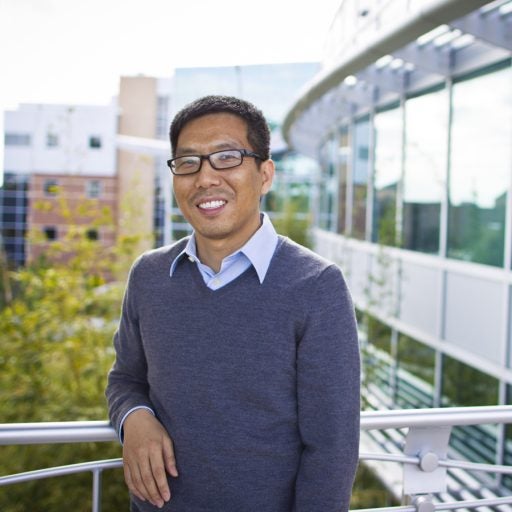University of Central Florida Engineering Assistant Professor Shaojie Zhang used a complex computer program to analyze RNA motifs – the subunits that make up RNA (ribonucleic acid).
RNA is one of three building blocks of life along with DNA and proteins. Knowing how all three building blocks work together and how they go awry will go a long way to understanding what causes diseases and how to treat them.
While much has been discovered about DNA thanks to the Human Genome Project, not a lot is known about RNA, which like DNA helps encode genes. Some viruses also use RNA as their prime genetic source to replicate. And various types of RNA are involved in everything from protein synthesis, controlling gene expression and communicating cell signals from one part of the body to another.
The units that make up RNA fold like a long accordion and vary in structure. Many have been identified in the past, but finding a quick automatic way to determine patterns in the varying types of units has been elusive until now.
“We have discovered many new RNA structural motifs using our new computational method,” Zhang said. “This breakthrough can largely increase our current knowledge of RNA structural motifs. And newly discovered motifs may also help us develop possible treatment of certain diseases.”
Zhang’s work is this month’s cover story in Nucleic Acids Research, an academic journal.
Using computers, Zhang and his team have been able to view these RNA accordion-like structures and how they fold in a 3-D scale. The program can quickly go through many RNA samples and discover units that are distinct and form patterns. That information gives researchers clues about their function.
“It’s another tool to help unravel the mystery of how biology works and why it sometimes goes wrong, resulting in some fatal disease,” Zhang said.
Zhang worked with Cuncong Zhong, a Ph.D. candidate at UCF on the study. Zhang has a Ph.D. in computer science from the University of California at San Diego. His specialty is computational biology and bioinformatics. He joined UCF in 2007 and established UCF’s Computational Biology and Bioinformatics Lab housed in the College of Engineering and Computer Science.
